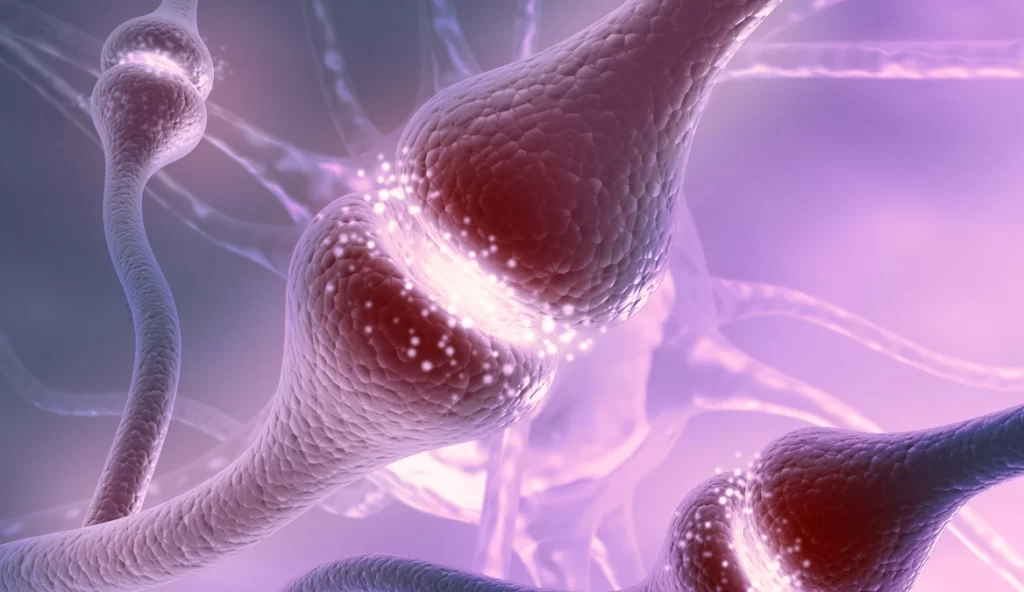Understanding the #CANofStress and Feeding the #SEADOG: Why Chemical Influencers Matter
As someone who teaches and speaks regularly on learning science and resilience, I’ve found that using memory joggers can be incredibly effective in helping people remember and understand complex concepts. Two of my favorite memory joggers are the #CANofStress and #SEADOG, which I use to explain the role of key hormones and neurotransmitters in our body’s response to stress.
Having a basic awareness of these nine chemical influencers—Cortisol, Adrenaline, Norepinephrine (#CANofStress), and Serotonin, Endorphins, Acetylcholine, Dopamine, Oxytocin, and GABA (#SEADOG)—is crucial for managing stress and promoting overall well-being. Here’s a summary of each of them and why they matter. When you are ready to dive a little deeper click [MORE] for any other post that mentions that particular hormone/neurotransmitter.
The #CANofStress: Our Body’s Immediate Response to Stress
When we encounter a stressful situation, our body responds by releasing a cocktail of hormones designed to help us survive. I call these the #CANofStress—Cortisol, Adrenaline, and Norepinephrine. These chemicals are essential in the short term, but if left unchecked, they can lead to chronic stress and a host of health problems.
- Cortisol: Often dubbed the stress hormone, cortisol is released by the adrenal glands in response to stress. Its primary role is to increase glucose in the bloodstream, providing energy to respond to the threat. However, prolonged high levels of cortisol can impair cognitive function, suppress the immune system, and increase the risk of chronic diseases. [MORE]
- Adrenaline: This hormone gives us the energy boost we need in a fight-or-flight situation. It increases heart rate, elevates blood pressure, and prepares the body for immediate action. While this response is crucial in emergencies, constant adrenaline rushes can contribute to anxiety and cardiovascular problems. [MORE]
- Norepinephrine: Norepinephrine heightens our alertness and focus, making us more vigilant in the face of danger. It’s what keeps us on our toes, ready to react. However, like the other stress hormones, too much norepinephrine over time can lead to restlessness and sleep disturbances. [MORE]
Understanding the #CANofStress helps us recognize when our body is in a heightened state of alert and why it’s essential to manage these stress responses before they become chronic.
Feeding the #SEADOG: Activating Our Body’s Recovery System
Once the immediate stress has passed, our body has another set of chemical helpers that work to bring us back to a state of calm and balance. I like to think of these as the #SEADOG—Serotonin, Endorphins, Acetylcholine, Dopamine, Oxytocin, and GABA. Feeding the #SEADOG is all about activating the parasympathetic nervous system to help us recover and maintain well-being.
- Serotonin: This neurotransmitter is often associated with mood stabilization and feelings of happiness. It helps regulate mood, appetite, and sleep. Activities that boost serotonin, like exposure to sunlight, exercise, and mindfulness, can improve overall mood and reduce stress. [MORE]
- Endorphins: Known as the body’s natural painkillers, endorphins are released in response to physical activity and laughter. They not only reduce pain but also trigger positive feelings, making them a powerful tool for stress relief. [MORE]
- Acetylcholine: Acetylcholine plays a key role in the parasympathetic nervous system, helping to slow the heart rate and promote relaxation. Practices like deep breathing, meditation, and yoga can increase acetylcholine production, aiding in recovery from stress. [MORE]
- Dopamine: This neurotransmitter is linked to the brain’s reward system, providing feelings of pleasure and satisfaction. Boosting dopamine through activities like goal-setting, creative pursuits, and practicing gratitude can enhance motivation and combat stress. [MORE]
- Oxytocin: Often referred to as the “love hormone,” oxytocin is released during social bonding activities, such as hugging or spending time with loved ones. It promotes trust and empathy, making it an essential component of social support and stress resilience. [MORE]
- GABA: GABA (gamma-aminobutyric acid) is a neurotransmitter that has a calming effect on the brain. It helps reduce anxiety and promote relaxation. Enhancing GABA through mindfulness practices and proper nutrition can help maintain emotional balance and prevent stress from becoming overwhelming. [MORE]
By understanding and consciously feeding the #SEADOG, we can counteract the effects of the #CANofStress and create a foundation for resilience and well-being.
Why It’s Important to Know These Chemical Influencers
So, why is it important to have a basic awareness of these nine chemical influencers? In short, understanding how these hormones and neurotransmitters work allows us to better manage our stress responses and promote a balanced, healthy life.
When we’re aware of how the #CANofStress impacts our body, we can recognize the signs of stress and take proactive steps to manage it. By feeding the #SEADOG, we can activate our body’s natural recovery systems, helping us to bounce back from stress more effectively.
In my teaching and coaching, I emphasize that resilience isn’t just about toughing it out—it’s about understanding how our body responds to stress and using that knowledge to support our well-being. Whether it’s through practicing the #RANGEofResilience, engaging in physical activity, or fostering authentic connections, the more we know about these chemical influencers, the better equipped we are to thrive in the face of life’s challenges.


